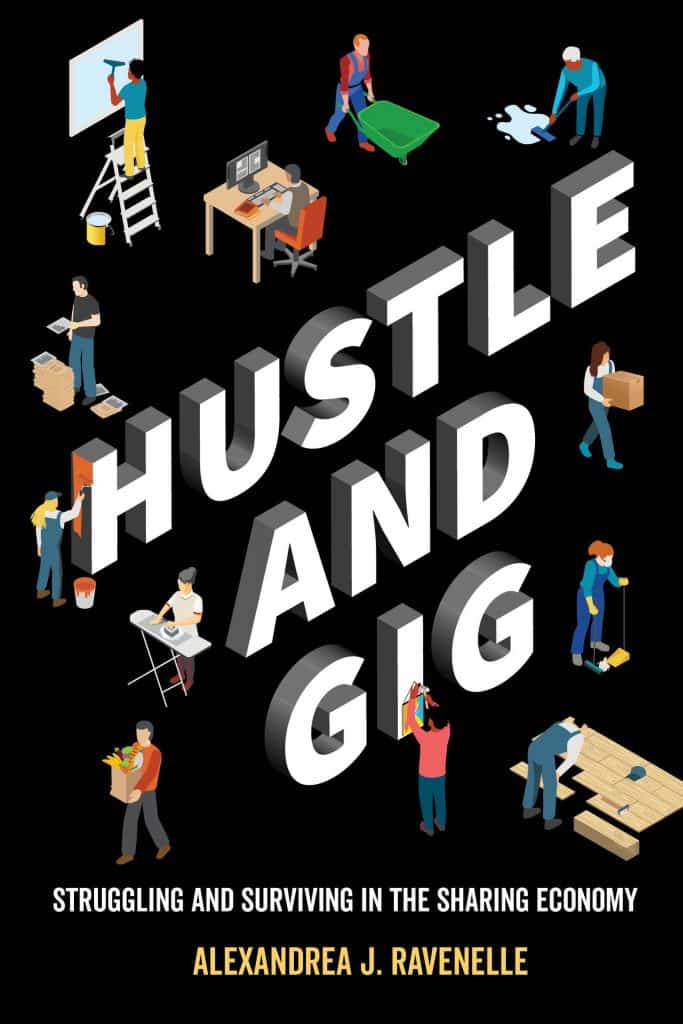Uber has released their safety report detailing nearly 6,000 incidents of sexual assault in 2017 and 2018 combined. But as Sociologist & Gig Economy Researcher Alexandrea J. Ravenelle says in her New York Times op-ed, the statistics in the Uber report don’t tell the whole story of what drivers face in their jobs.
In her research, Ravenelle has heard countless tales of assault, harassment and abuse. The author of Hustle and Gig: Struggling and Surviving in the Sharing Economy, Ravenelle interviewed nearly 80 on-demand workers to shed light on how the sharing economy has been both persecutor and savior for the working class. From worker safety to workplace protections around discrimination and sexual harassment, the sharing economy reflects labor issues first seen in the 1800s and early 1900s, as it upends generations of workplace protection in the name of disruption.
“Sexual misconduct is likely underreported at Uber — and in the rest of the sharing economy.”
In the op-ed, she argues that just as drivers are banned for serious safety incidents, passengers should also be held accountable and removed from the platform. She was stunned by the sheer number of stories and experiences that the workers she interviewed shared, not only from Uber but from Airbnb, TaskRabbit and Kitchensurfing as well.
A messenger for Postmates and Uber Eats told her about an errand to pick up sex toys that ended in an invitation to try out the new acquisitions. Other workers recounted invitations to participate in revenge sex and being assaulted by clients.
“The mistreatment of participants in the gig economy is an even bigger problem than statistics can reveal.”
In her book, Ravenelle goes further to reveal workers’ experiences and abuse. She describes “Success Stories” of people who make a living from “hustling”, to the “Strugglers” who can’t make ends meet, and to the “Strivers” with stable jobs who use the sharing economy for extra cash.
Gig economy companies, she argues, should be held responsible for the abuse that workers experience.


